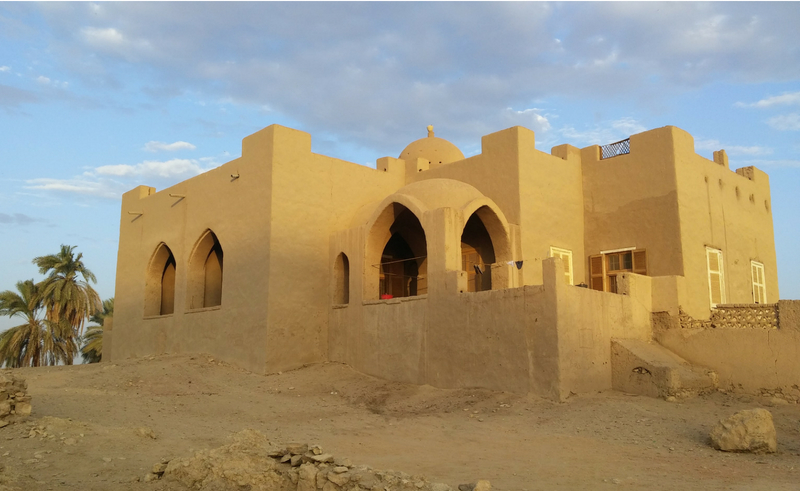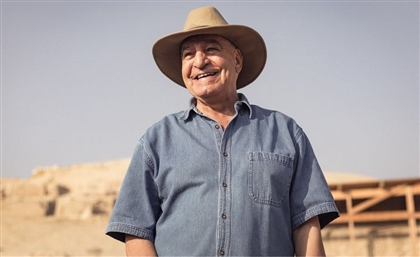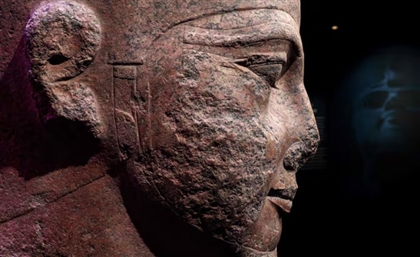Prominent Egyptologist Somers Clarke's House Listed as a Notable Islamic and Coptic Monument
It's the last house remaining from Clarke's work in Egypt.

Antiquities Minister Khaled al-Anani has given the green light to add English architect and Egyptologist Somers Clarke’s house to the list of notable Islamic and Coptic monuments, according to The Official Gazette.
The house is commonly known as a masterpiece; built in 1906, it represents trends of the early 20th century, infusing traditionalism into simple local building materials. The house was made with mud-brick, local limestone, and Nile alluvium mixed with straw. It’s located on a high rocky hill on the Nile’s east bank, surrounded by plantations and other houses to the east, and overlooks the Nile River to the west.
The house is adorned with carved pottery, and has ventilation and barrel vaults to reduce the effect of hot weather. It is the only remaining monument from Clarke’s work in Egypt.
Clarke lived between 1841 and 1926, and was buried near the house in al-Nusrab village in Aswan, according to an Antiquities Ministry report from 2015. He was a prominent English Egyptologist, architect, and Coptologist. He was born in Brighton, where he designed many churches before moving to Egypt, where he was an active participant in archaeological excavations since 1893.
Main image from Wordpress-Egypt 2015
























